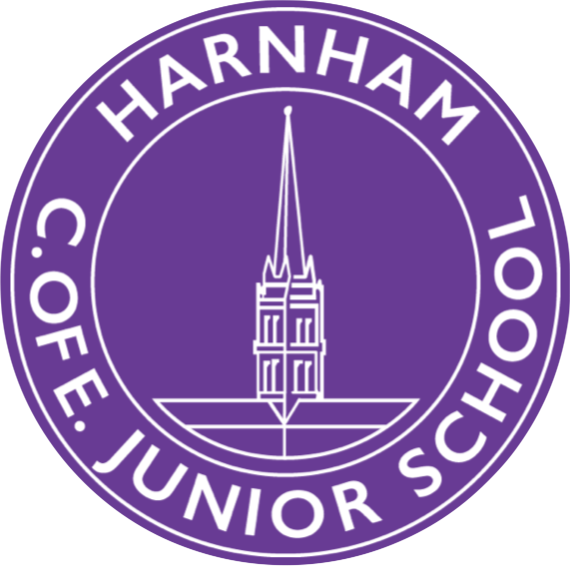english - Spelling
Philosophy
This scheme teaches the spelling requirements of the National Curriculum for years 2-6 by teaching children the Advanced English Phonic Code. The National Curriculum (2013) states; ‘The rules and guidance are intended to support the teaching of spelling. Phonic knowledge should continue to underpin spelling after key stage 1; teachers should still draw pupils’ attention to GPCs that do and do not fit in with what has been taught so far. Increasingly, however, pupils also need to understand the role of morphology and etymology’.
It is widely accepted that English is a complicated language to learn, especially when it comes to writing. In short, the English alphabet is made up of 26 letters, these combine to make the 44 sounds or phonemes we speak. However, when it comes to the writing/spelling of these sounds there are over 150 combinations or graphemes.
-
By the end of Key Stage 2 we aim for a child to be able to:
• Write with confidence, fluency and understanding, orchestrating a range of independent
strategies to self-monitor and correct spellings.
• To understand the history of the English language and why it is so complex.
• Have an interest in words and their meanings, through etymology and morphology, developing a growing vocabulary in spoken and written forms.
• Apply their knowledge of the national curriculum content and spell the curriculum words correctly when writing across the curriculum.
• Have a sound understanding of the Advanced Phonic Code and use it to spell unfamiliar words. At first glance the advanced code may seem complex for children but once they understand the structure and the fact that the advanced code is simply other ways of writing the sounds we speak, they can be empowered by the logic of this system.
• Examining sounds and codes in a logical manner helps children’s brains make sense of complex information.
-
Within our Scode lessons we employ various strategies to develop children’s confidence and skills as spellers:
• Providing four times weekly sessions for pupils in Year 2, 3 & 4 and three weekly in Year 5 & 6.
• Explicitly teaching the spelling content and curriculum words sorted by sound and code in accordance with the requirements of The National Curriculum for England 2014 (Y1 to Y6).
• Planning meaningful, engaging, humorous and, where possible, real life purposes and audiences for writing within the classroom.
• Planning spelling activities into creative teaching sequences which engage and inspire pupils.
• Providing pupils with opportunities to evaluate their thinking and writing independently and with their peers and teachers.
• Planning purposes for writing which require pupils to write in a wide variety of forms.
• Throughout the spelling process, children are encouraged to orally rehearse and smash down words. This means giving children the opportunity to practise before they write by clapping out the syllables, saying the word out loud before they commit it to paper in their book.
• For children to have an understanding that accents and dialects will need to be taken into account and they see the connection between spoken and written language.
-
Built into the scheme are baseline and end of unit spelling tests. The pupils complete these on paper and record their score in the front of their Scode workbook. The baseline and end of unit tests follow the same order in terms of the sound and code being assessed. For example, baseline /ul/ spelling test question 1 is possible, the end of unit test question 1 is bicycle. The same code is being assessed but in a different word. Therefore, you can clearly see whether children have made progress with that particular code. We have also included ALL the curriculum words for each unit so you have a choice, they can either test all the curriculum words only, or test the curriculum plus codes and some curriculum words.
Whilst spelling tests are an important way of monitoring progress assessment can take many different forms and we have included in the scheme different ways for children to demonstrate their learning. The workbooks and tasks include paired activities and peer assessment. Assessment has been distributed across time and activity. It is often hidden from children but designed in a way that you can quickly and easily assess if progress is being made. The class teacher can mark the workbooks as and when they see fit, either each week or after a longer period to gauge how a child or class is progressing.
